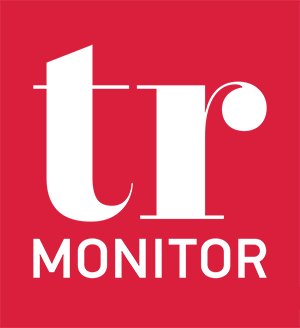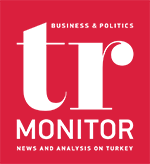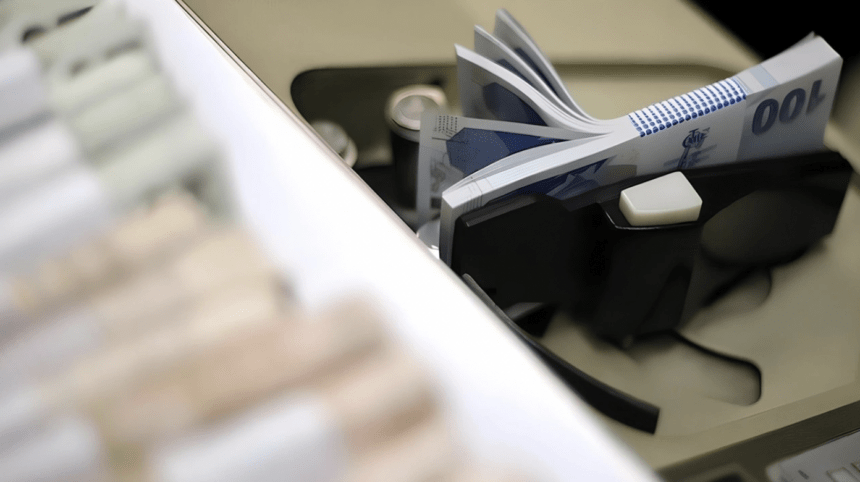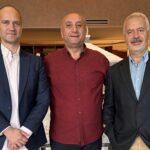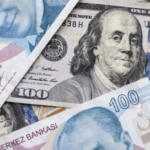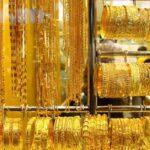Foreign currency loans, long forgotten due to the rapid rise in the exchange rate as well as the increase in costs and the risks of uncertainty, have started to revive.
The fact that TRY-denominated commercial loan interest rates have reached 51 percent has led companies in need of financing to give foreign currency loans a chance again, which they have moved away from in recent years.
According to Banking Regulation and Supervision Agency (BRSA) data, foreign currency loans increased by USD 1.5 billion in the last 4 weeks, while TRY commercial loan growth continues to lose momentum.
With the new economic management and the tight monetary policy and simplification steps implemented by the Central Bank, loan and deposit interest rates in the banking sector rose. According to Central Bank data, as of the week of November 3, TRY-denominated commercial loan interest excluding corporate credit cards and overdraft accounts rose to 50.74 percent.
While TRY-denominated commercial loan rates, which have reached the peak of the last 20 years, have cut the appetite of companies, there has been a movement in foreign currency loans in recent weeks.
According to BRSA data, commercial foreign currency loans rose to USD 126.9 billion in the week to November 3. Banking sector sources emphasized that foreign currency loans have become attractive again for those with foreign currency income in an environment of high TRY interest rates.
Commercial loan growth slows both in public and private banks
The rise in commercial loan rates also dampened the appetite for credit. According to Central Bank data, 13-week annualized exchange rate-adjusted commercial loan growth fell to 18.94 percent in the week of November 3. It was 20.5 percent in the previous week. While the 13-week annualized commercial loan growth in public banks fell to 20.93 percent, the growth rate was 22.5 percent in the week of October 27. In private banks, the growth in commercial loans, which accelerated since mid-October, hit the brakes again in the week of November 3. In the week of November 3, 13-week annualized exchange rate-adjusted commercial loan growth in private banks fell to 16.47 percent. Total loan growth in the banking sector also declined from 21.4 percent in the week of October 27 to 20.26 percent in the week of November 3.
Continuous rise in the last 4 weeks
High-interest rates on commercial loans caused the private sector, which has foreign currency income and credit needs, to turn to foreign currency loans again.
According to the weekly data of the Banking Regulation and Supervision Agency (BRSA), foreign currency loans rose to USD 126 billion 884 million in the week of November 3. Foreign currency-denominated commercial loans, which were USD 133.4 billion at the end of last year, have been declining especially since June and dropped to USD 125.4 billion in early October. In the last 4 weeks, foreign currency loans have been on an uninterrupted rise.
Banking sector sources said that foreign currency loans have always been in demand for companies with foreign currency income in the financing of trade and investment, and reminded that it became more profitable for the private sector to use TRY loans only due to the loose monetary policy. The sources emphasized that now that the monetary policy is again orthodox and in line with market conditions, it seems that foreign currency loans are being used more, and said, “What is happening is that the appetite for using TRY with high-interest rates has decreased. In short, foreign currency loans have become attractive again for those with foreign currency income.”
